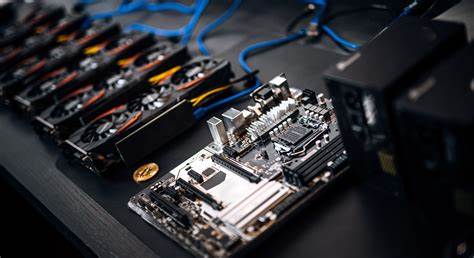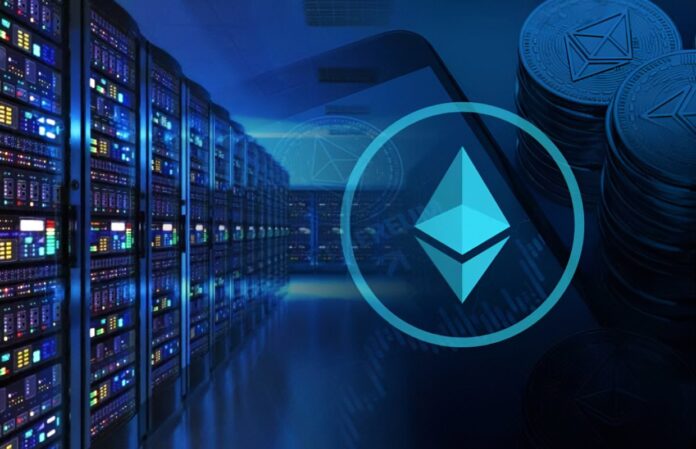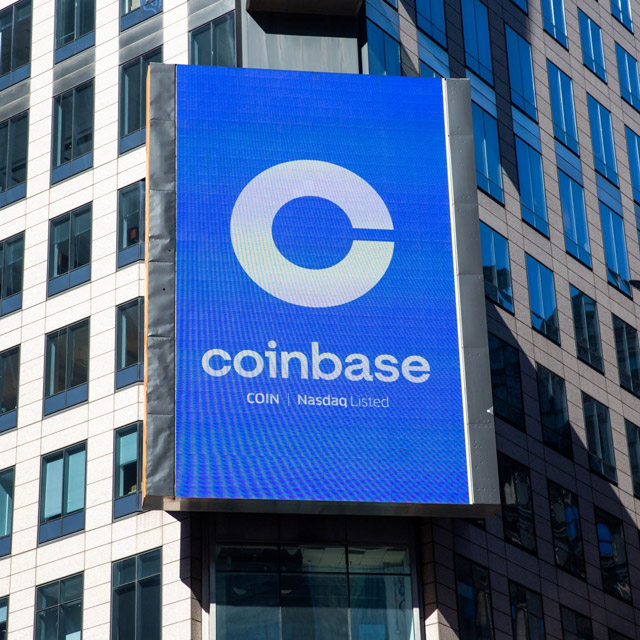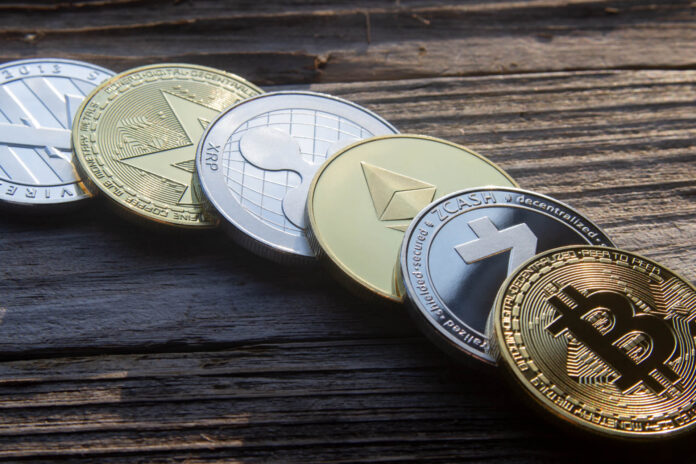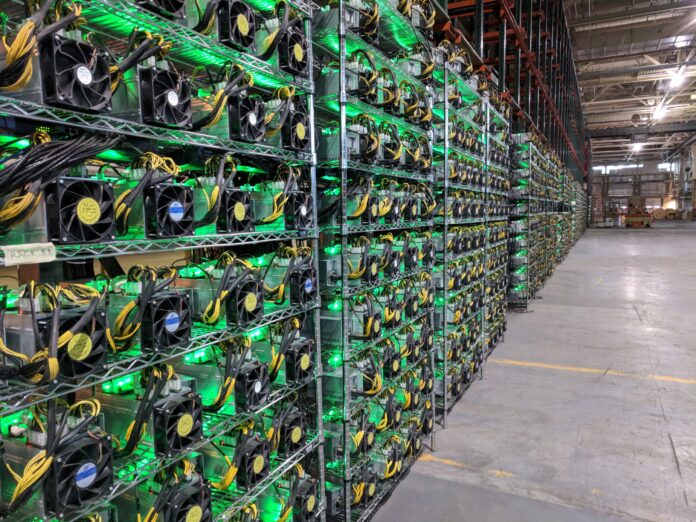Cryptocurrency mining has evolved significantly over the years, and Monero (XMR) remains one of the most popular options for individuals looking to mine using their CPU. With the right approach and optimizations, you can maximize your Monero mining efficiency and potentially increase your earnings. In this article, we’ll guide you through essential steps and strategies to optimize Monero mining for CPU miners, ensuring you make the most out of your mining endeavors.
Table of Contents
- Introduction to Monero Mining
- Advantages of CPU Mining for Monero
- Choosing the Right Mining Software
- Hardware Considerations for CPU Mining
- Optimizing Mining Pool Selection
- Overclocking and Temperature Management
- Fine-Tuning Mining Settings
- Monitoring and Maintenance
- Security Measures for Mining Rigs
- Energy Efficiency and Cost Savings
- Troubleshooting Common Issues
- Future of Monero Mining
- Conclusion
1. Introduction to Monero Mining
Monero, a privacy-focused cryptocurrency, offers an opportunity for CPU miners to participate in the network and earn rewards. Unlike some other cryptocurrencies that favor GPU or ASIC mining, Monero remains ASIC-resistant, making it more accessible to CPU miners.
2. Advantages of CPU Mining for Monero
CPU mining comes with several advantages, including lower entry barriers, reduced energy consumption, and the ability to mine using personal computers. While CPU mining may not offer the same hash rates as GPU or ASIC mining, it can still be profitable when optimized correctly.
3. Choosing the Right Mining Software
Selecting the appropriate mining software is crucial for optimizing your Monero mining experience. Look for software that supports CPU mining and offers regular updates to ensure compatibility with the latest network changes.
4. Hardware Considerations for CPU Mining
While CPU mining doesn’t require high-end hardware, having a modern multi-core processor can significantly improve your hash rates. Consider factors such as cache size, clock speed, and power consumption when choosing a CPU for mining.
5. Optimizing Mining Pool Selection
Joining a mining pool can increase your chances of earning consistent rewards. Research and choose a reputable mining pool with a reasonable fee structure and a user-friendly interface.
6. Overclocking and Temperature Management
Moderate overclocking of your CPU can lead to improved hash rates, but it’s essential to balance performance with temperature management. Ensure your mining rig remains adequately cooled to prevent overheating.
7. Fine-Tuning Mining Settings
Experiment with mining settings, including thread count, intensity, and worksize, to find the optimal configuration for your hardware. Fine-tuning these settings can result in higher hash rates and better efficiency.
8. Monitoring and Maintenance
Regularly monitor your mining rig’s performance and health. Utilize monitoring tools to keep track of temperature, hash rates, and potential issues. Perform routine maintenance to keep your hardware in top condition.
9. Security Measures for Mining Rigs
Implement security measures to protect your mining rig from potential threats. Use strong passwords, enable firewalls, and consider using dedicated hardware wallets to secure your earnings.
10. Energy Efficiency and Cost Savings
Optimize your mining setup for energy efficiency to reduce operational costs. Explore ways to lower electricity consumption while maintaining optimal hash rates.
11. Troubleshooting Common Issues
Encounter technical problems? Learn how to troubleshoot common mining issues, such as software crashes, connectivity problems, and hardware failures.
12. Future of Monero Mining
Stay informed about the future developments of Monero mining. As the cryptocurrency landscape evolves, new opportunities and challenges may arise for CPU miners.
Conclusion
Optimizing Monero mining for CPU miners requires a combination of hardware choices, software configurations, and ongoing maintenance. By following the strategies outlined in this article, you can enhance your mining efficiency, maximize rewards, and make the most of your CPU mining experience.
FAQs
1. Can I mine Monero with a regular laptop?
Yes, you can mine Monero with a regular laptop, but the hash rates and profitability may be lower compared to more powerful CPUs.
2. How much electricity does Monero mining consume?
The electricity consumption of Monero mining varies based on factors such as hardware, mining settings, and electricity rates.
3. Is CPU mining still profitable for Monero?
Yes, CPU mining for Monero can be profitable, especially when using energy-efficient hardware and optimizing mining settings.
4. What is the current block reward for Monero mining?
As of the latest update, the Monero block reward is approximately 1.73 XMR.
5. How often do I need to perform maintenance on my mining rig?
Regular maintenance is recommended to prevent overheating and ensure optimal performance. Perform checks at least once a month.
RELATED POSTS:
How to Optimize Ethereum Mining for Mining Software
How to Optimize Bitcoin Mining for Mining Pools?
How to Optimize Bitcoin Mining for Mining Software?
How to Optimize Bitcoin Mining for ASIC Miners: A Comprehensive Guide
How to Optimize Ethereum Mining for ASIC Miners: A Comprehensive Guide
How to Optimize Bitcoin Mining for Mining Rigs?


